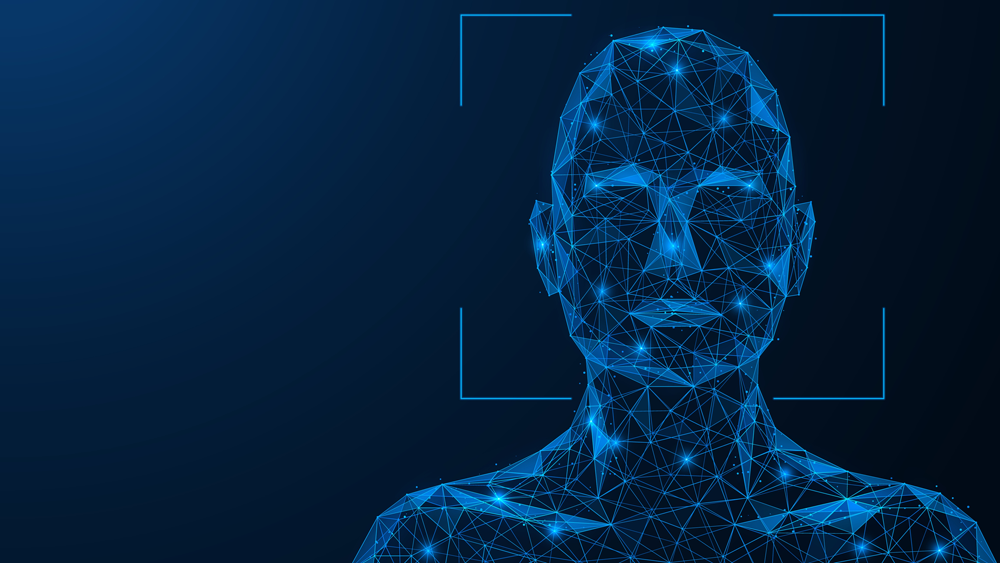Advanced video analytics are available today and offer enormous potential for enhancing or even revolutionising the way you currently perform video monitoring.
Can your current system detect actual adverse events as they happen? Can it track an individual right across your CCTV system from camera to camera? Does your video search allow you to find all images of a person with a blue top? Does your CCTV system just get used for security or does it simultaneously give insight into behaviour of shoppers in your store or whether the layout in your factory is efficient?
This feature aims to introduce you to what is possible today that could increase your incident detection rates and ultimately save you considerable costs on video storage.
Check Your Security limited have been installing enterprise CCTV systems for over 15 years. As an early adopter of IP based solutions, we received a number of awards early on for promoting this technology and today we are still looking ever forward at technologies that improve security operations for our clients. We have seen the nature of video analytics change significantly over this time from simple heuristic-based motion detection and its various applications to the advanced machine learning and artificial intelligence-based algorithms we see today. Technology that now allows us to identify and classify objects such as vehicles, people and even colours.
With the additional intelligence obtained from image data we can integrate with external data sources using Application Program Interfaces (APIs) to obtain additional information that can be stored alongside video evidence. For example, an Automatic Number Plate Recognition (ANPR) system could call an API to return the vehicle make, model and colour. This data could then be searched if you were looking for perhaps a red car or a Ford van now offering two routes to the data after the object recognition has already determined the vehicle type and colour.
This feature introduces a selection of video analytic tools currently available; some may already be available in your VMS as an add-on, a plugin or standalone system. A number of these tools are cloud based and we will discuss the pros and cons of deploying cloud-based Software as a Service (SaaS) tools in your systems.
What is Artificial Intelligence (AI), what is Machine Learning (ML)?
AI and Machine Learning (ML) are two phrases often used interchangeably but they are not the same thing and many products sold as AI may be ML. To the user, the semantics are not as important as the functionality. Check Your Security understand the difference and more importantly we understand their application and how they can help you as a business not only with security but to additionally leverage your cameras to give your intelligence about your customers habits.
Artificial intelligence is a broad concept that can be loosely interpreted as incorporating our idea of human intelligence into a machine. Such machines can recognise and classify objects, react to information from multiple sensors and make decisions based on the algorithms they have been programmed with.
Machine learning is a subset of AI but also one of the techniques for realising AI. Machine learning is a method of training algorithms with a wide range of data such that it can make its own predictions and subsequent decisions based upon its model of the world. Deep learning is the evolution of machine learning whereby a system can determine the features it will use for classification where ML requires these features to be provided.
UK GDPR and video surveillance
It is already a requirement for operators of CCTV systems to understand that data collected through video surveillance is considered as personal data and the guidelines for processing of personal data that apply.
Facial recognition is a particular case that is recognised as sensitive data and as such specific consent is required to use this technology. Detecting a face using AI is not the same as using a facial recognition system to uniquely identify an individual. According to the Information Commissioners Office (ICO) “You need to identify an article 9 UK GDPR condition, if you are actively processing special category data, such as biometric data (for example when using facial recognition systems to uniquely identify individuals).”
In terms of integrating surveillance technologies, it is important that you can verify information collected is:
- Accurate
- Not excessive
- Used on for defined purposes
Use is necessary and proportionate throughout the lifecycle of processing.
System integration may also have implications relating to profiling individuals that help your system learn and make decisions about them.
In all instances you should perform a Data Privacy Impact Assessment (DPIA) that will help inform your lawful application of these technologies.

